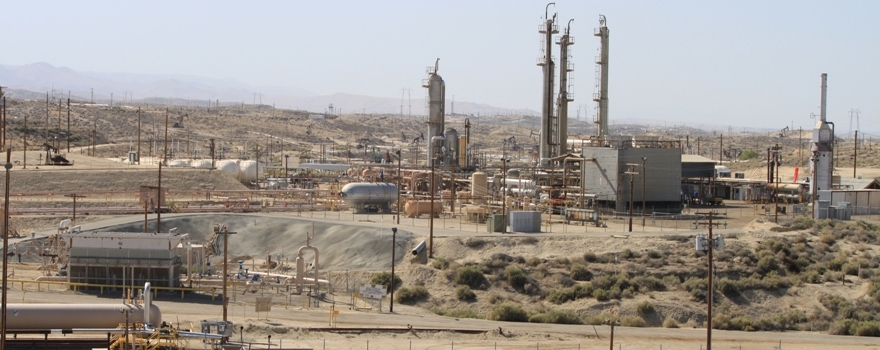From the California Natural Resources Agency:
California Environmental Protection Agency Secretary Matthew Rodriquez and Natural Resources Secretary John Laird today will testify before a joint State Senate committee hearing on the progress made in the past year to ensure disposal wells for oil recovery in Central California are not polluting groundwater suitable for human use. Both the state’s oil and gas supervisor and water quality regulator will testify, as well the director of the Department of Conservation, who will talk about past challenges, current progress and future safeguards. Additionally, the United States Environmental Protection Agency (U.S. EPA) sent a letter yesterday approving of the state’s plan to safeguard California’s groundwater.
Maven note: Watch the hearing broadcast on March 10th from the Cal Channel by clicking here.
“Protecting human and environmental health and safety are our top priority, so we appreciate the U.S. EPA’s approval of our plan to move forward,” said Secretary Laird. “We are working closely with our federal counterparts to ensure that now and in the future the public and an important part of our economy can be protected and in balance.”
The U.S. EPA’s response to the Division of Oil, Gas, and Geothermal Resources (DOGGR) and the State Water Resources Control Board’s (SWRCB) plan to address groundwater protection is here.
“Understanding how these practices developed over the last 30 years is an important part of addressing the problem,” said Secretary Rodriquez. “In a time of unprecedented drought, Californians are more reliant on groundwater than ever, and we have a responsibility to ensure that these precious resources are protected.”
Since July 2014, the SWRCB has been evaluating the potential threat to groundwater supplies. As part of this ongoing assessment, the Central Valley Regional Water Quality Control Board has tested drinking water wells that were potentially at risk and found no evidence of contamination by oil production fluids.
“The State and Regional Water Boards are committed to assisting DOGGR to ensure that the state’s valuable groundwater supplies are protected from oil production-related waste disposal,” said Jonathan Bishop, chief deputy director of the State Water Resources Control Board. “We will continue to prioritize our review of any potential threat to this critical resource.”
The Department of Conservation houses DOGGR and is closely engaged with updating and modernizing record-keeping systems that are significantly out of date. Read a history of the program here.
“Clearly understanding the history of permitting throughout past decades is helping us as regulators construct a new system the public and industry can have confidence in,” said Department of Conservation Director Mark Nechodom. “With strong legislative leadership and a thorough federal-state analysis, new information and a growing body of science is firmly guiding the permitting process going forward and to undo past mistakes. It is also guiding the construction of a fully transparent online system to provide public disclosure of oil recovery activities and groundwater monitoring.”
The geology of California is complex and over our history has provided rich vein of resources, from the gold rush of the 1850s to the oil boom of the 1920s and beyond. In a new millennium, regulations must first safeguard public and environmental health while also enhancing economic development, especially in rural areas.
“We are deeply committed to ensuring that oil production does not affect the safety or quality of water in California,” said state oil and gas supervisor Dr. Steve Bohlen. “The fact remains that in areas where we recover oil in California, the majority of the resulting water is pumped back into the oil-bearing formations from where it came. We have a solid plan to assess the potential risks to nearby aquifers that could be used for agricultural or drinking water and to shut in any oil wells that threaten the safety of those aquifers.”
Read more about DOGGR’s plan forward here.
Important links in this document:
- >USEPA approval of DOGGR/SWRCB plan to move ahead is here.
- DOGGR/SWRCB plan to move ahead is here.
- History of oil recovery program issues is here.
- Last summer, 11 Kern County wells injecting into non-exempt aquifers were ordered shut-in. Last week, the state ordered that 12 injection wells be shut-in. A map of all 23 shut-in injection wells can be found here.
 Get the Notebook blog by email and never miss a post!
Get the Notebook blog by email and never miss a post!
Sign up for daily emails and get all the Notebook’s aggregated and original water news content delivered to your email box by 9AM. Breaking news alerts, too. Sign me up!


